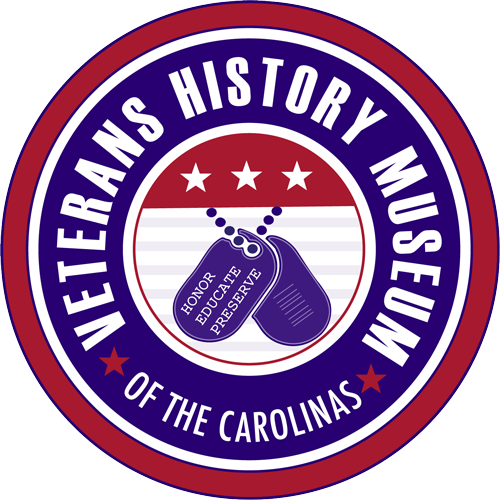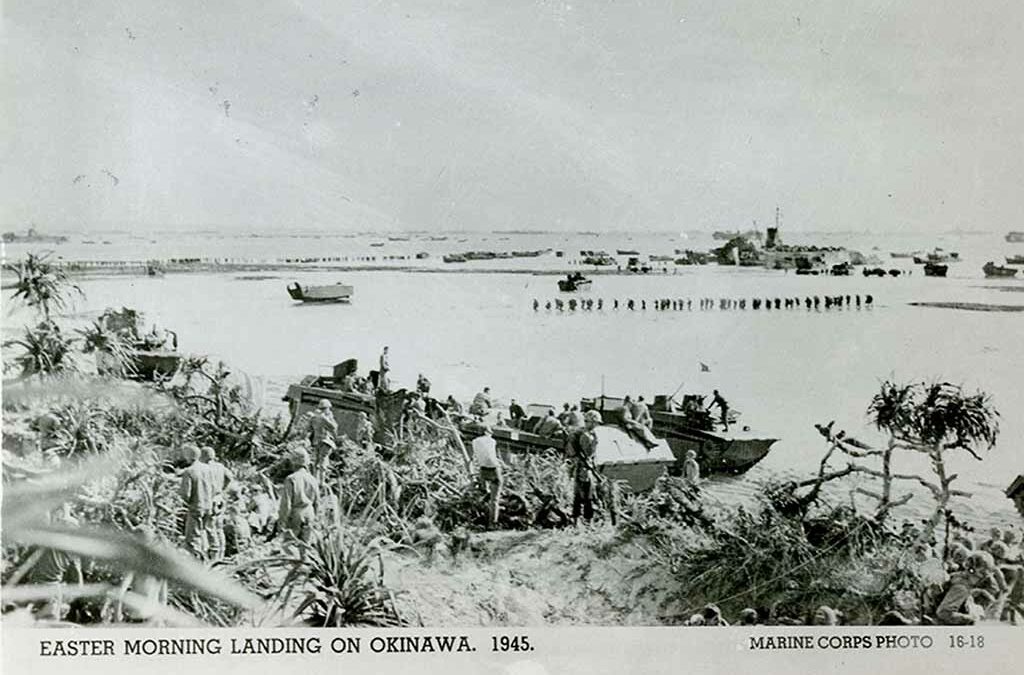The Battle of Okinawa
He served as Rifleman in the 184th Rgt., fighting in the last battle of World War II, the . 91���� resident James Milton Fletcher served in the U.S. Army Reserves from June 6, 1944 to December 1956. He was serving in Okinawa when WWII ended on September 2, 1945. His division was ordered to receive the surrender of the Japanese Army in Korea.
Milt Fletcher told his story for the 91����: “I was born on December 31, 1926, in Americus, Sumter County, Georgia—the same county where President Jimmy Carter came from. I went to Americus High School and finished June 1, 1944. The Army had become in need of engineers for building bridges in Europe and had a shortage of doctors. The people who majored in science and math took a test and were promised they would be sent to college if they passed the test.”

James Milton Fletcher, WWII Veteran
Joining Up at Age 17
“I took my oath at Fort McPherson, Georgia on June 6, 1944—D-Day—five days after I graduated from high school. My mother and dad had to consent because I was only 17. I reported to the University of Alabama for engineering school, then we were sent to Auburn’s Alabama Polytechnic Institute.
Training for Combat in Europe
“The Battle of the Bulge happened around Thanksgiving in Belgium. The Army decided they needed infantry soldiers more than they needed engineers. So at the end of the quarter, we were called to active duty—basic training at Fort Robinson, Arkansas. Then to Fort Meade, Mayland as replacements in the Battle of the Bulge.
“But by the time I finished, that situation had changed. They sent us to Oregon, then to Hawaii for 10 days of jungle training. We joined a convoy because the Japanese submarine fleet was still very active all the way from Hawaii to Okinawa. Then in the Marshall Islands we practiced landing craft—climbing down the side of the ship with all our equipment and beach landings on Eniwetok Atoll. Then to the Caroline Islands right on the equator to practice more in tropical conditions.”
The Battle of Okinawa
“We were ordered to Okinawa. The Battle of Okinawa started on Easter Sunday (April 1), 1945. They fought viciously there for two months. The politicians declared the island secure, but they were still fighting when I got there in June. When I joined my Infantry outfit, Charlie Company, 184th Regiment, 7th Infantry Division, they had 110% casualty. I asked, ‘How did you manage 110% casualties?’ The answer was, ‘The replacements get shot pretty fast.’ The life expectancy, I heard, was 90 minutes when we got there.
“The tallest building I saw in Okinawa was about three feet tall except for one church steeple in Naha (Okinawa’s capital). They had just bombed that island to death. It was one of the bloodiest battles in the history of American warfare.
“Three Marine divisions were on the north end of the island. Four Army divisions were on the south end. We thought we were going to leave Okinawa to invade Japan on Labor Day, but they were planning it for October 1. On August 6, we heard on the radio that they had dropped this unusual bomb on Japan, and they were pursuing peace. We thought it was just a ruse to get us to walk into one of their surprise attacks. A week later, they dropped the second bomb and then we realized it was for real.”
The Japanese Surrender
“Everybody was frightened because the Japanese had said that every man, woman, and child would die for their Emperor rather than surrender. So it was no easy task to fight the Japanese, and it was much more brutal, I think, than the European campaigns.
“We were very happy at the dropping of the second bomb, and there was so much celebrating, we lost 600 men on the island—killed due to stray munitions. We shot ammunition and dumps and everything else to celebrate—shooting up in the air and blew bombs in caves where the Japanese Army would hide. I never got a scratch—just injured my knee by stepping into a post hole.”
The Largest and Deadliest Amphibious Assault in the Pacific War
According to the National WWII 91����, the official American casualty count between April 1 and June 22 is 12,520 killed out of 49,151 total casualties.
Milt Fletcher: “The fighting continued after the official end of the war. Okinawa is known as the last major campaign of World War II. In my opinion, it was the bloodiest battle in American history.
“August 21 was the happiest day of my life. We had orders to go to Seoul, Korea to receive the Japanese Army surrender for Korea. It was at the same time they surrendered to MacArthur in Tokyo Bay.”
Securing Korea After the Japanese Surrender
“We got to Inchon Harbor on the last day of August and unloaded on September 1, 1945. Inchon is about 30 miles from Seoul on the coast. My company was assigned to secure the telephone systems in Seoul and occupy the treasury building, which was called the Bank of Chosin at the time. We also guarded the capitol building.

Japanese surrender in Korea (photo U.S. Navy)
“People were stealing provisions that the Japanese Army had there, so we had to guard them. We also guarded an opium factory. We just had to secure the city. The Japanese had been the managers. The Koreans had been almost slaves under the Japanese. We were processing them to go back to Japan. So we Americans became the managers until we could train the Koreans to be managers. I was made Staff Sergeant at age 18 and was discharged from active duty in December 1946, before I turned 20 years old.”
Back Home and Back to School
“I re-started college at Georgia Southwestern and later earned my M.A. at the University of Georgia in entomology and teaching. I became a teaching principal before I was 25 years old.”
Service During the Korean War
“I spent the Korean War running the reception center for draftees in Columbia, South Carolina, making assignments and orders for infantry, quartermaster, communications, medical, etc. We processed the cream of the crop—all the graduates of high schools and colleges between 1944 and 1950. The R.O.T.C. boys were the green lieutenants that were the replacements in Korea, and we lost 54,260 GIs. I was in the Reserves for 12 years. I received the Infantry Rifleman’s badge.”
Career and Family
“I worked in sales and teacher training for Scott Foresman & Company. It was the largest textbook publisher in America—starting with Dick and Jane and going all the way through college. I retired after 30 years. I loved my job.”
“In 1951 I married Libby, a girl I had known since childhood. We have two children, Jim and Betsy. Sadly, Libby passed away in 2020.”
“I love my country.”
“I’m here for my country. I love my country. It’s been good to me, gave me an undergraduate degree, helped me get a graduate degree, helped me buy a home. I have new hearing aids from the VA and I’m a happy person.
“I still have students who, after 80 years, still write to me. And I have salesmen I hired 50 years ago who come to see me and bring me vegetables out of their gardens. I’ve lived in 91����, N.C. for 10 years. I’m a firm believer in education. I’m taking an art class now and I’ve studied Chaucer, Middle English, and the Great Books. I attend yoga…and always siesta at 2:00 pm. I’ve had a good life, a full life.”


Wish I could shake his hand I know my father would love too. My fathers dad served in the 184th infantry. Possibly with c company. He was wounded in the Philippines and again in Okinawa he didnt say much other than he said he was terrified when they had to leave him for being stabbed with a bayonet by the japanese and he would talk about the casualty rate of the 184th mostly his squad which I have pics of them but he said only 2 or 3 went home untouched.
Craig, your grandfather was/is a hero to me. I also wish I could have shaken his hand.
My father survived the invasion. Never spoke of it. Many friends died.@
He was a silent hero. I am grateful for his service.
He was a silent hero. I am grateful for his service.ll